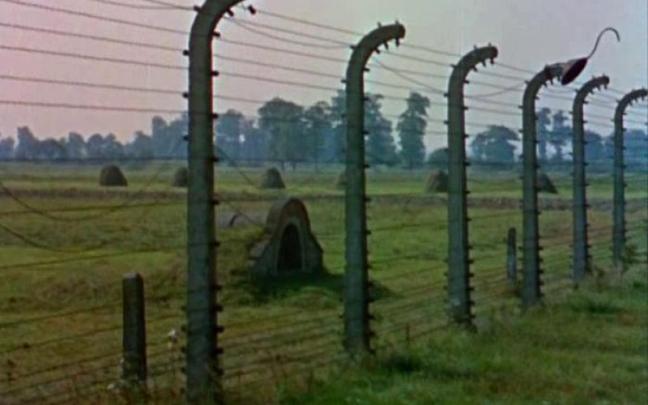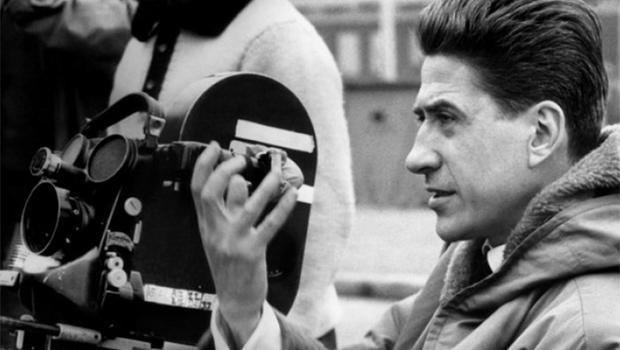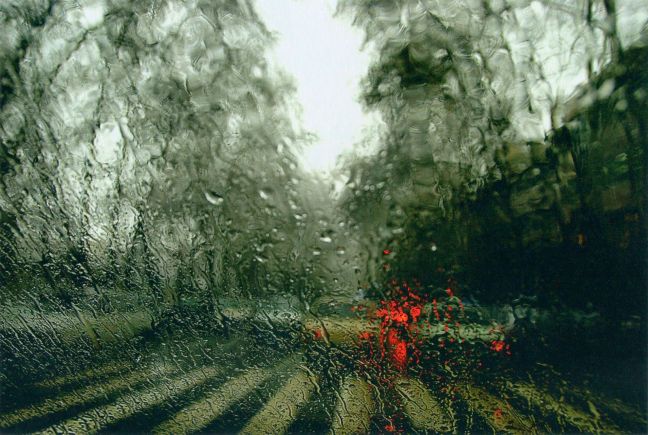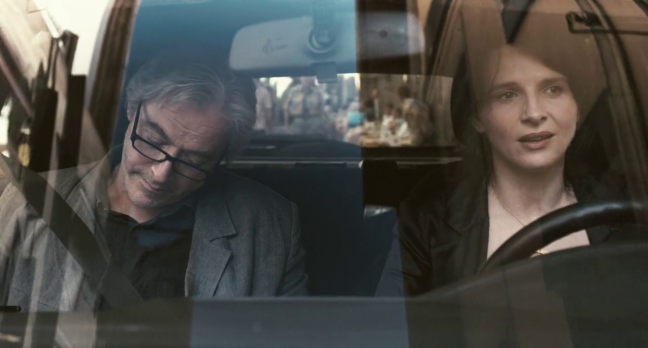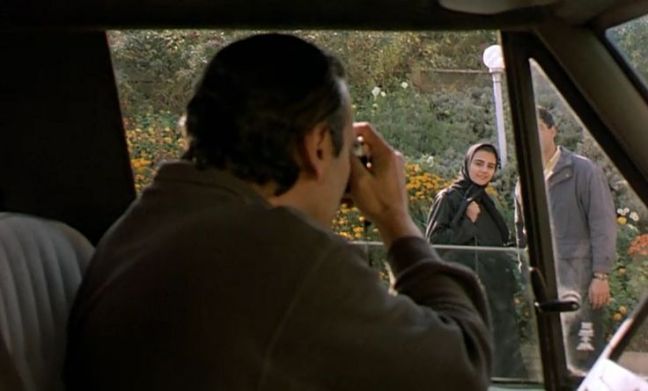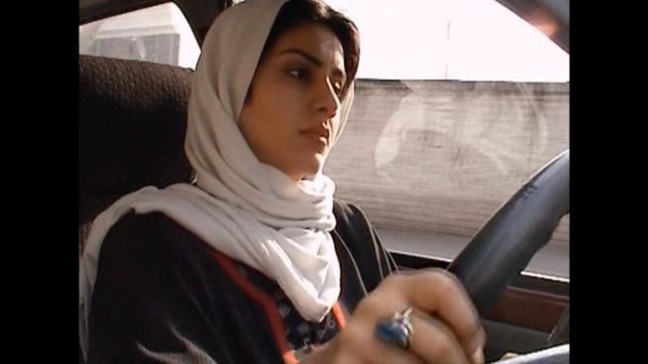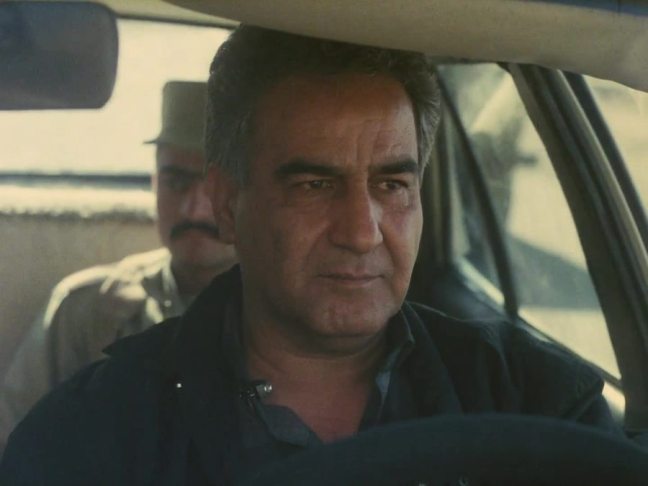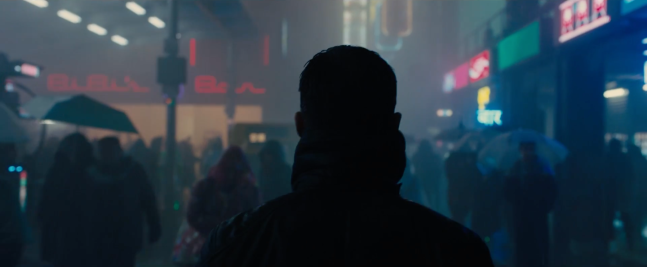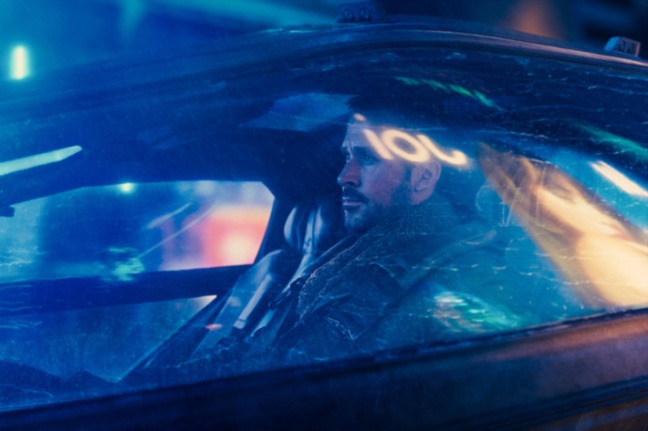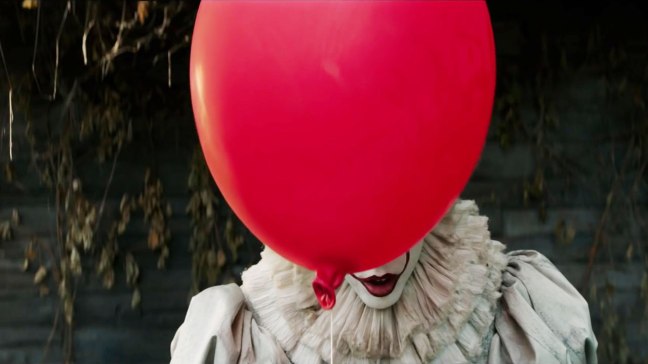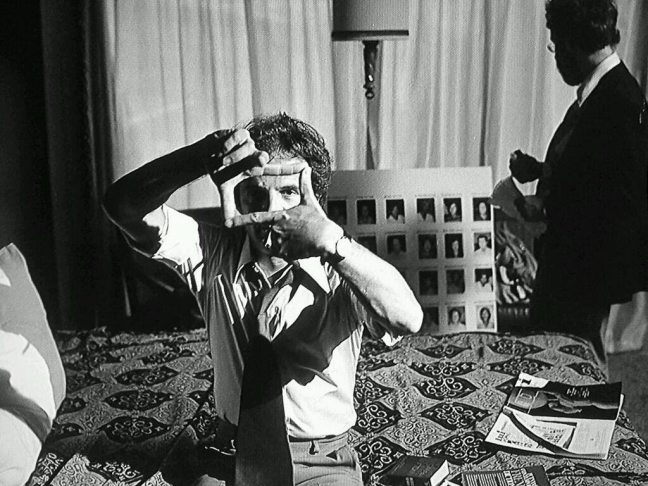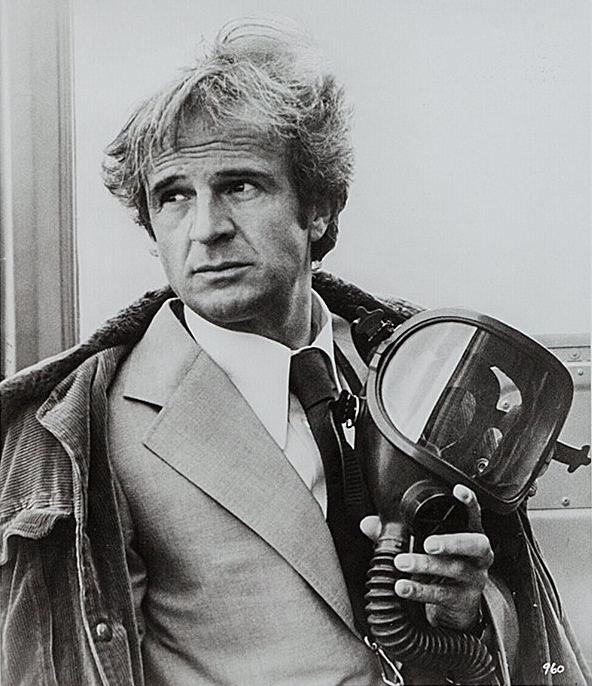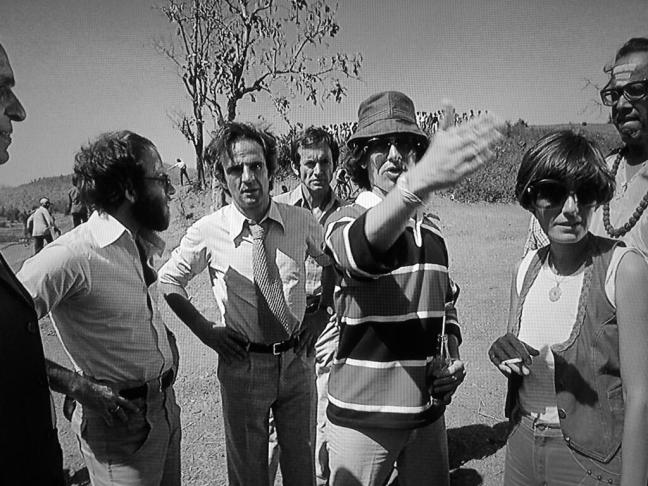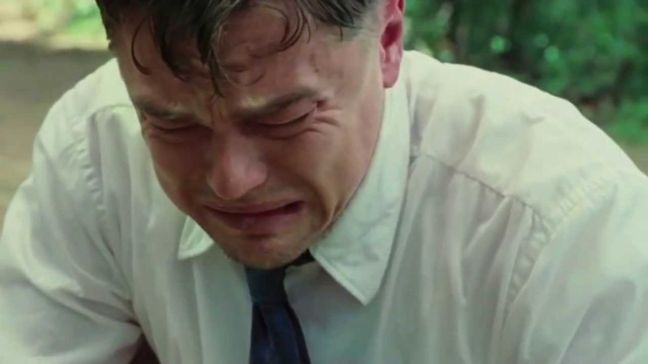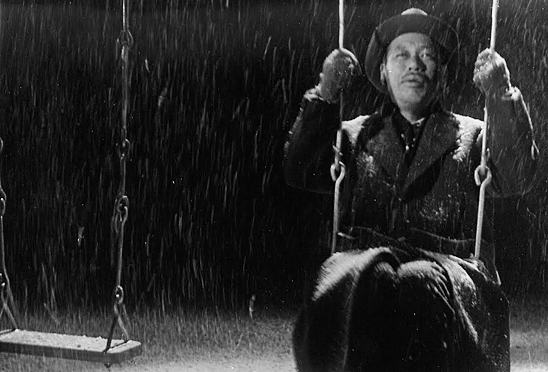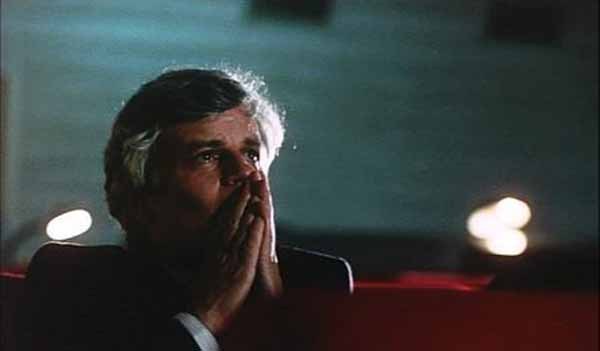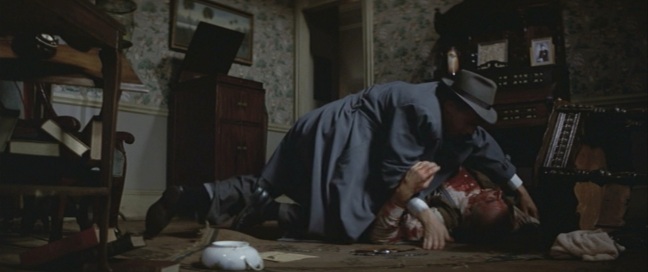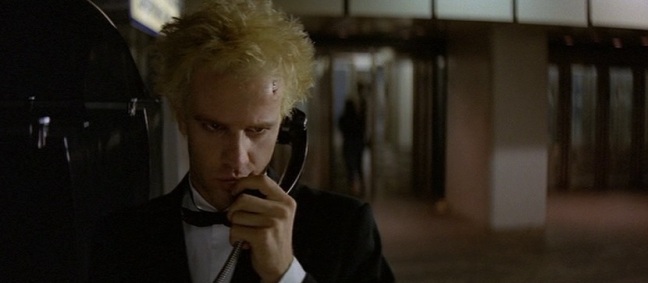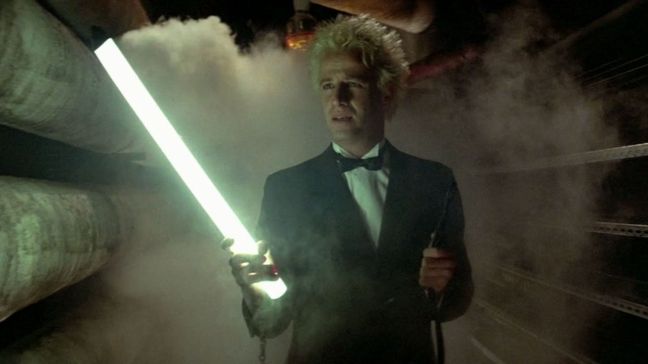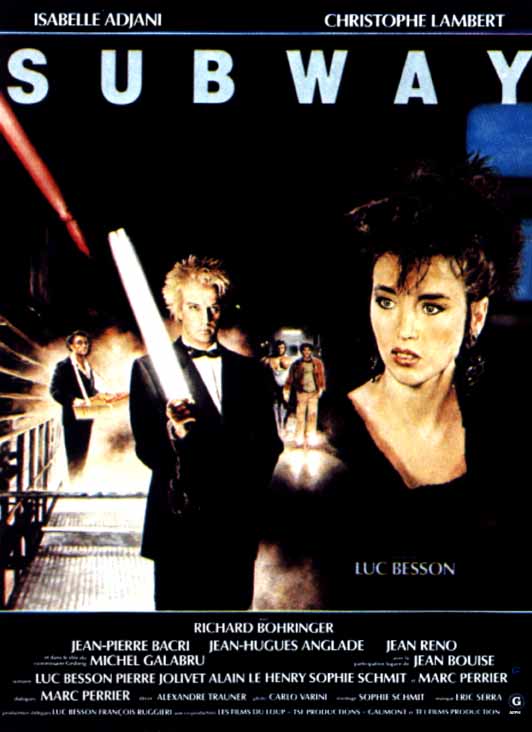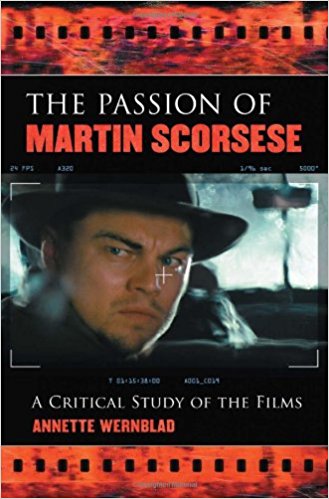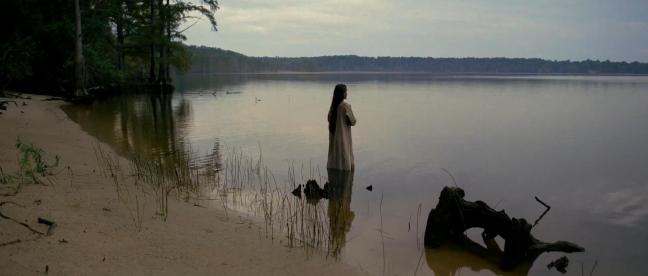
“Come, spirit, help us sing the story of our land. You are our mother. We, your field of corn. We rise from out of the soul of you.” [The New World]
His films sing the story of our land. They help us rise from the depths of our pain. And crystallize the murmurs of our hearts and minds. He weaves a symphony of inner voices, our own voices, into the music of life itself. There is not another American filmmaker living today so admired and so reviled based upon his storytelling techniques. The more you seriously invest in his films, the greater the reward. The quiet stillness of a natural landscape with the the mosaic of faces, seemingly brings us closer to a truth. A truth according to Malick and a burgeoning love for his unique poetry.
Terrence Malick, born 1943 in Ottawa Illinois and a native of Oklahoma and Austin Texas, holds degrees in philosophy and film-making with a thesis that involved a student short film with Harry Dean Stanton and Warren Oates. He taught for several years in the subject of philosophy, before turning his interests solely to cinema. The approach is much like his unfinished thesis on Martin Heidegger, the noted German philosopher. The metaphysical study of being, or ontology, resides in most, if not all, of Malick’s filmic approach. The nature of being and how principal things are related to each other; namely man and nature for Malick. His work continually experiments and stretches the medium. His ambitious executions are sublime and sometimes infuriating, often within the same context for the person viewing. When one of his films transforms all the elements seamlessly, it is monumentally inspiring.
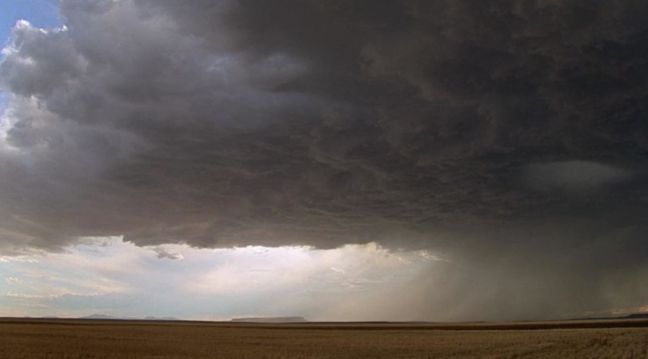
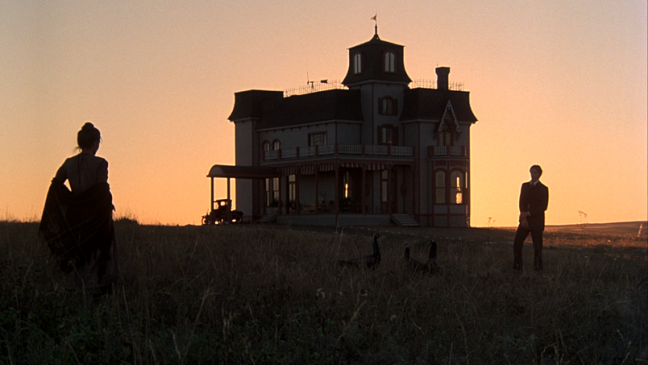
“I always thought that being alone was just something that a man had to put up with. It was like I just got used to it.” [Days Of Heaven]
The painterly sense in images are apparent right from the start in his poetically blazing first features Badlands, from 1973 and Days Of Heaven, from 1978. Each used first person narration and presented the specter of change for characters, location, dreams, and perspectives. Badlands concerns the exploits of Kit and Holly on a crime spree fleeing from the murder of her father. Holly narrates through an apathetic voice, a lost little girl dazzled by the James Dean-like charisma of her partner-in-crime. The beautiful visuals are in stark contrast to the disturbing behavior and events of these two uncommon lovebirds. Malick’s treatment of these characters are never cold or distanced, but implores us to listen and be shaken by their dark behavior. It is a bold first film that put Malick’s name into the forefront of American seventies cinema. Days Of Heaven paints a poem of the enduring theme of man and nature during the turn of the century America. On the surface, it is a story of love and murder involving a man, his little sister (who narrates the film), and his girlfriend, but Malick explores the fascination with nature’s fury and beauty and shows its disregard for how man tries to tame or change it. The languid “magic hour” (evening dusk) shots are spectacular in their small details and in capturing life as it happens. Days Of Heaven secured Malick as a visionary artist, but an original voice as well. Both of these films set up unbelievable expectations that would make audiences wait for nearly two decades later, from a self imposed exile from film-making, to make good on that promise.
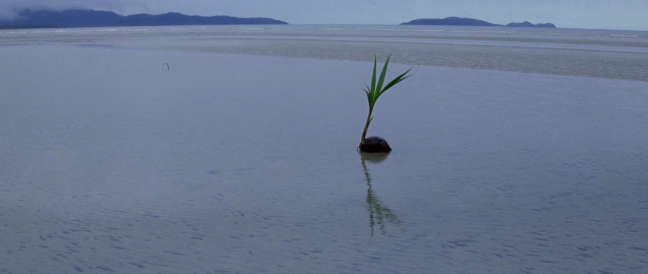
“Look at this jungle. Look at those vines, the way they twine around, swallowing everything. Nature’s cruel, Staros.” [The Thin Red Line]
In 1998, after rumors and whispers that Malick was indeed making another film, The Thin Red Line was released. Based upon the James Jones autobiographical novel describing WWII Guadalcanal, The Thin Red Line used an ambitious multi character narration in a sweeping epic of men under the duress of war…and with nature, specifically the choking South Pacific jungle. Nature is cruel, as Colonel Tall describes to Captain Staros, but so is man. There is cruelty and darkness in all of us. It is Malick’s brilliance in focusing on the jungle’s indifference to man’s insanity, its eternal connection as in one scene where a corporal mutters how they are all essentially dirt, as he sifts through a handful while crouching in the tall grass during battle. There are also moments of complete silence, except for the incessant sounds of the jungle, that these men can voice everything within themselves through facial and body movements alone, beautifully captured by John Toll’s camera, that says more than twenty pages of dialogue. War changes men. It brings out the best and the worst in those men. It is a mark of a truly great film, that with repeated views, which continues to surprise with new information and touch something deep inside on many levels. This is a journey into that state of being; into the heart of it all. It is one of Malick’s very best works in the pantheon of cinematic achievements.
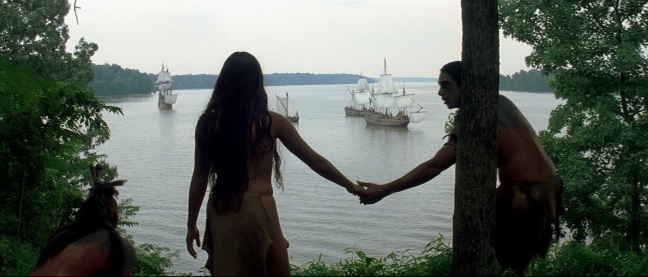
“I thought it was dream… what we knew in the forest. It’s the only truth.” [The New World]
The focus on 17th century America and a land untouched by greed and cruelty seemed a poetically justified choice for Malick’s next film. The New World expands more on the the multi-character internal narration to a great effect. Some critics actually coined it the Malick effect (with shots of the sun streaming through the treetops) and has been parodied by some since then. The story covers a love triangle of sorts with Captain John Smith, John Rolfe, with the mysteriously beautiful princess, known to us as Pocahontas, at the center of it all. This is a gorgeously photographed (with natural light) film that underscores change that is wonderfully curious and devastatingly tragic. History has already taught us of the plight of the American Indian and Malick shows the wonder of a lost symbiosis with nature, if one truly listens and respects it. Respect and reverence for this cathedral of trees and rocks and soil, the Indians look upon this invasion upon their lands with curiosity at first, but then anger when untruths are uncovered. They know change is inevitable and not necessarily always for the good of their people. Malick’s inner voices, heard through the several narrations, are actually our own doubts and fears and hopes. It has grown in stature since its release with its ambitious stream of consciousness storytelling that weaves big themes both personal and worldly.

“Nature only wants to please itself. Get others to please it too. Likes to lord it over them. To have its own way. It finds reasons to be unhappy when all the world is shining around it. And love is smiling through all things.” [Tree Of Life]
Tree Of Life is arguably Terrence Malick’s masterpiece which draws upon all of his obsessions and techniques seamlessly within the narrative of growing up in a small town in Texas. This is a deeply philosophical film that deals with issues not normally seen in a wide release film. The existential themes of why we exist and where are we going are front and center. They lie underneath the proceedings, but are nevertheless key to its strength and power. The jaw dropping beauty of life is captured in miraculous images that Malick manages (without the help of CGI) to give the audience the logical transition from innocence to corruption. In the midst of this telling story of youth and change, comes a section in the film that many are critical of, but is actually a statement on where we came from…and more importantly the definition of grace according to Malick. We are transported to the beginnings of this world (with visual effects by veteran maestro Douglas Trumbull) and the miracle of life created within the shrouded depths of an ancient ocean. The emphasis of ever changing life takes the path to early dinosaurs where Malick’s act of grace is presented. A dinosaur injured on a rocky stream bed is approached by a possible predator. The predator cautiously steps up to the frightened injured reptile and lifts its foot to crush its skull, but something in its eyes catches the attention of the predator and it slowly takes its foot away, thus sparing the creature an ugly demise. This act alone, whether divine or instinct, makes us pause for what lies in us as the basis for good and evil? It is a huge risk that turned some audiences off, but upon reflection a very necessary statement to make by Malick. We, as fellow creatures, are imbued with a sense of right and wrong; which begs the question of where does it come from? Huge ideas with big statements in a film that wonderfully centers around a possibly autobiographical family of four. Tree Of Life continues to amaze and project these lofty ideas with each viewing. It deserves a much bigger audience than the one that intially received it with open arms.

“Mercy was just a word. I never thought I needed it. Not as much as other people do.” [Song To Song]
Malick continued to explore this stream of consciousness storytelling in his next two films, To The Wonder and Knight Of Cups to a less satisfying degree. Both films are so free form in structure and editing which now distances us from its central themes Malick is trying to convey. It is as if Malick were attempting to shoot a Terrence Malick film, as absurd as that sounds. Not to discount them entirely, each has its merits with stretching film language as an art and exploring relationships to varying degrees.
After Knight Of Cups came and went, Malick released another film right on its heels without little fanfare or advertising that counts as one of his very best efforts entitled Song To Song. This is one of those films caught under-the-radar which ennobles the notion of how we are all connected in the bigger sense of the word and it is up to us to ignite those flames already burning deep inside each of us. A change in scenery can bring peace and tranquility, but a change in partners brings a whole slew of questions which are difficult to navigate through peacefully. Song To Song concerns itself with the music scene in Austin Texas and the ordinary individuals working behind it. The deceptively simple plot encompasses everything we experience with others in its highs and lows. It isn’t simply about love relationships, but also the search for ourselves, which is sometimes the greatest journey of them all. All of Malick’s trademarks are here; the multi-voiced inner voices, the natural lighting cinematography, the beautiful close up images, the jump cut editing…and it all feels like something brand new. Song To Song has the earmarks of something bigger waiting to be discovered with another view. There is definitively some major themes going on beneath the surface which may be invisible to the naked eye. These connections, these changes play a cosmic jigsaw puzzle waiting to be finished to form one big answer about us as humans. This is a small film that speaks to the mind, as well as the heart. It is where all the elements certainly pay off and, in time, the potential to be a great film alongside his best work.
We can see ourselves in these stories, some beautiful and some very painful, which connects us together. Malick asks the big questions, and leaves it up to the viewer to conjure up some of those answers. It may not always be pleasant to think about these things, but it is important to never forget to question who we are and where are we going. Change makes us grow. Change educates us. Change makes life.
“I film quite a bit of footage, then edit. Changes before your eyes, things you can do and things you can’t. My attitude is always ‘let it keep rolling.'” [writer/director Terrence Malick]
The Malick Filmography [all quotes shown above written by Terrence Malick]
Lanton Mills, 1969
Badlands, 1973
Days Of Heaven, 1978
The Thin Red Line, 1998
The New World, 2005
Tree Of Life, 2011
To The Wonder, 2012
Knight Of Cups, 2015
Voyage Of Time, 2016
Song To Song, 2017


